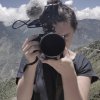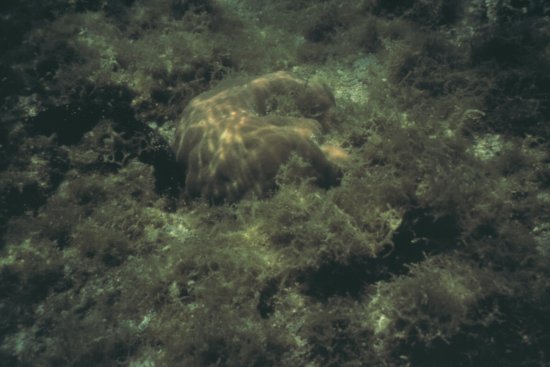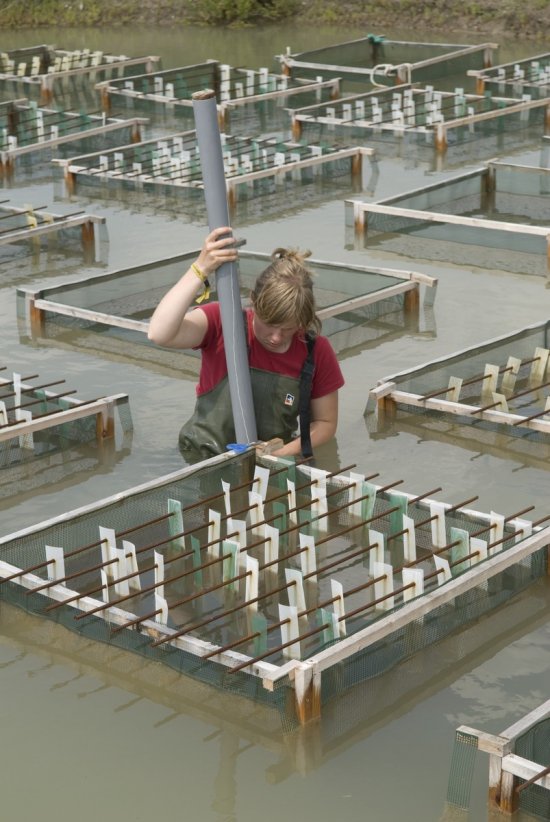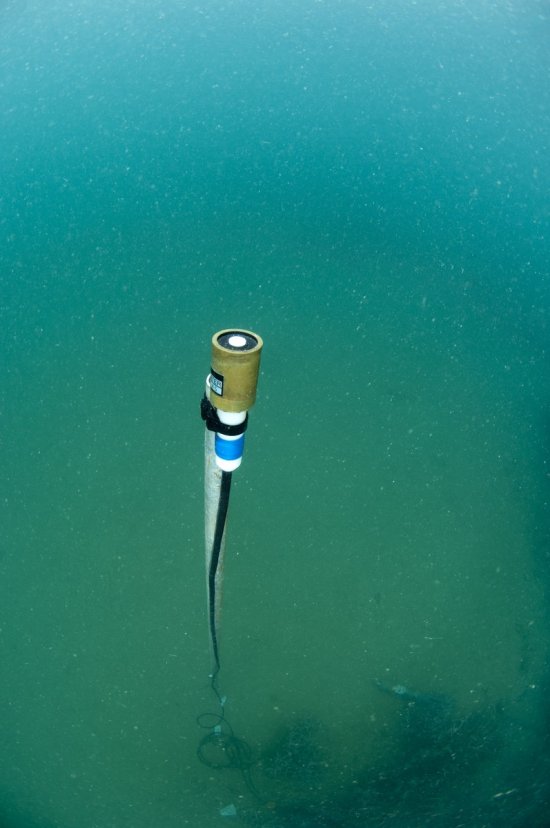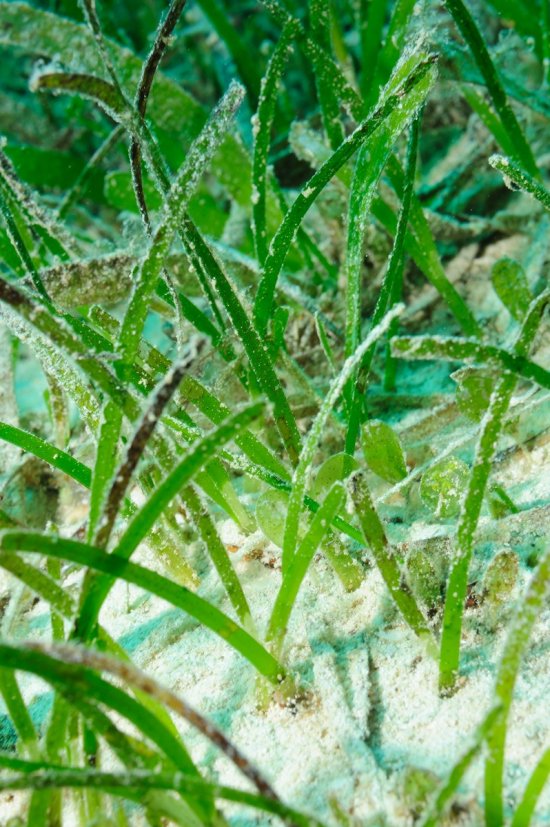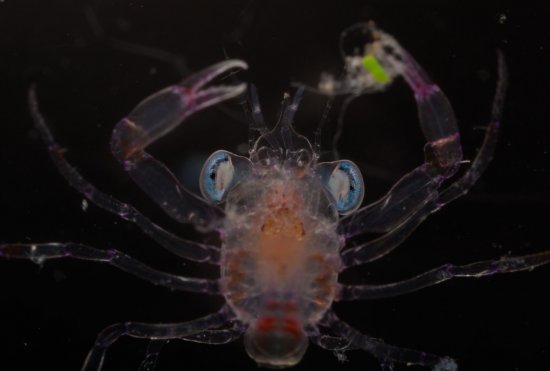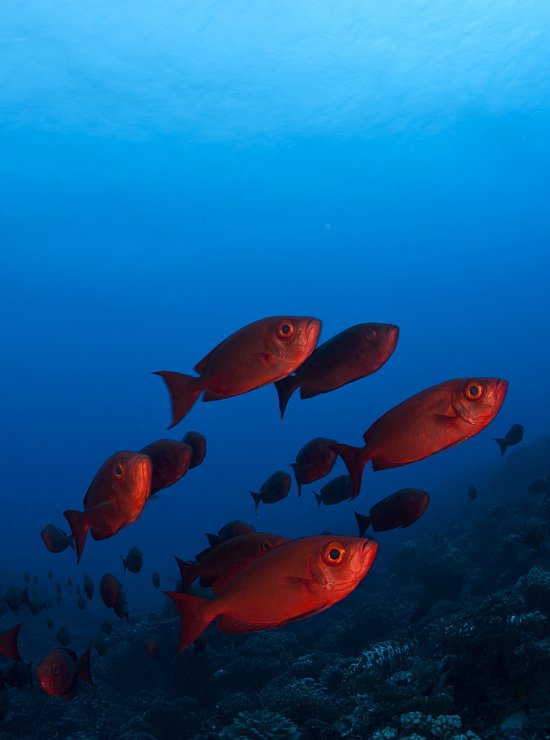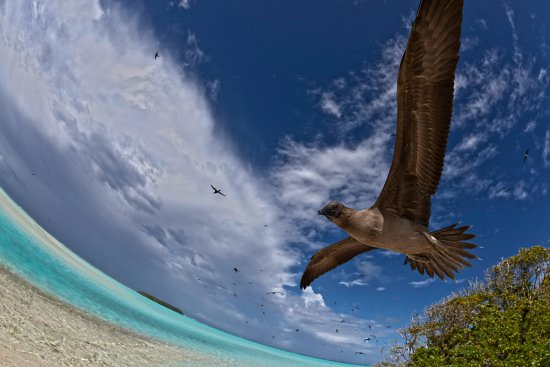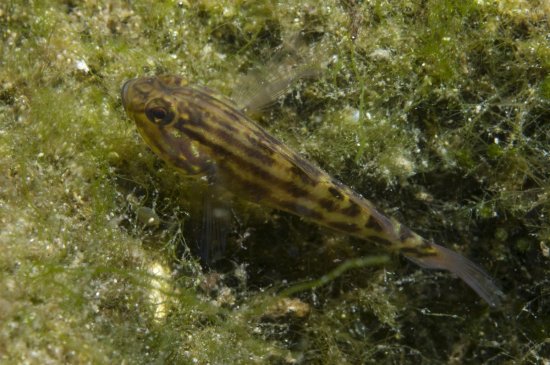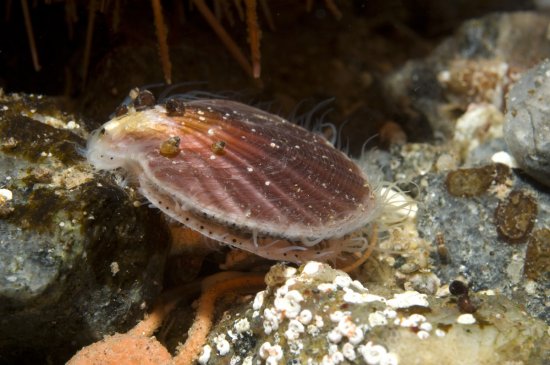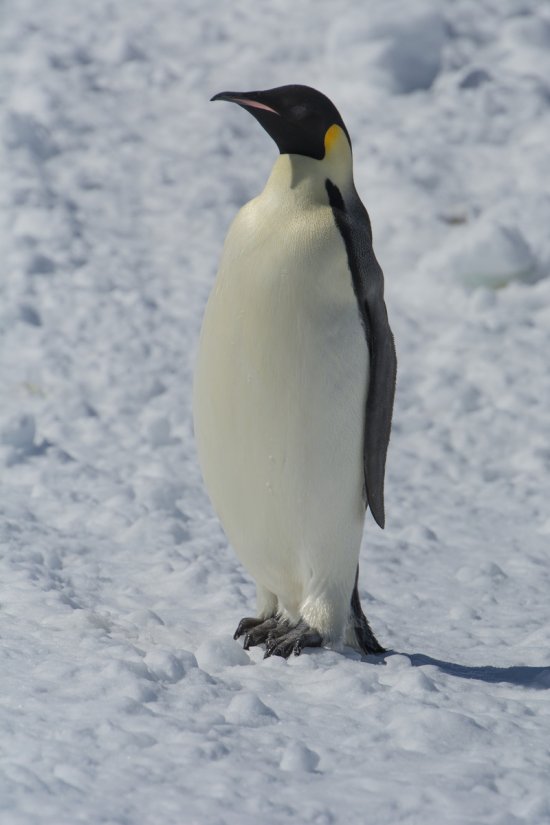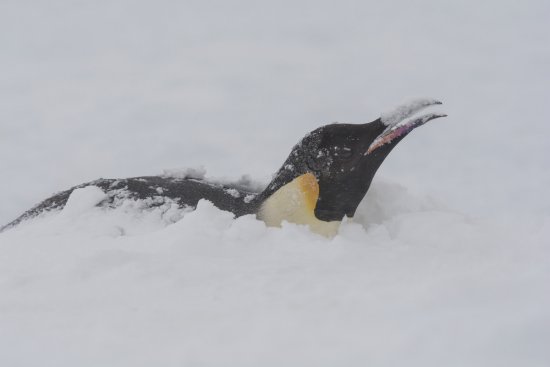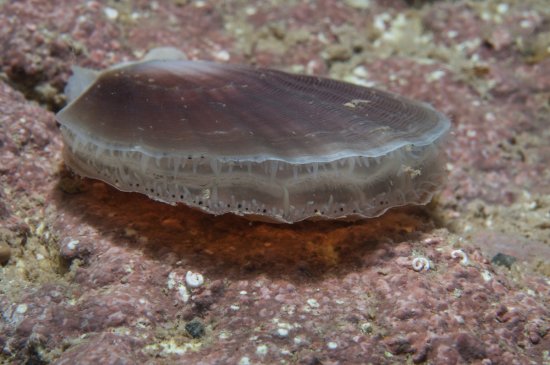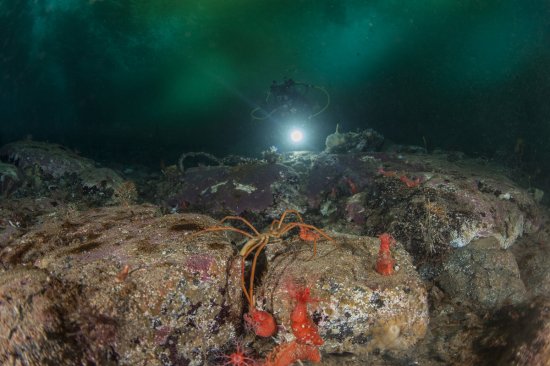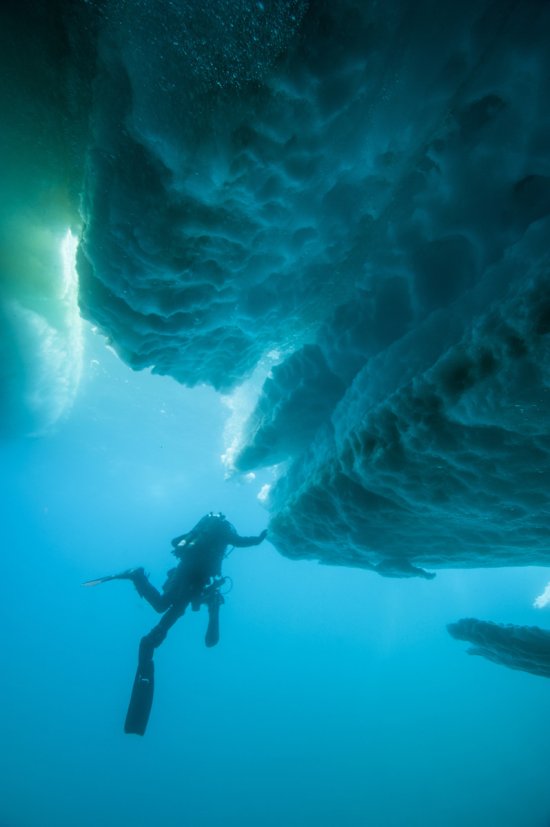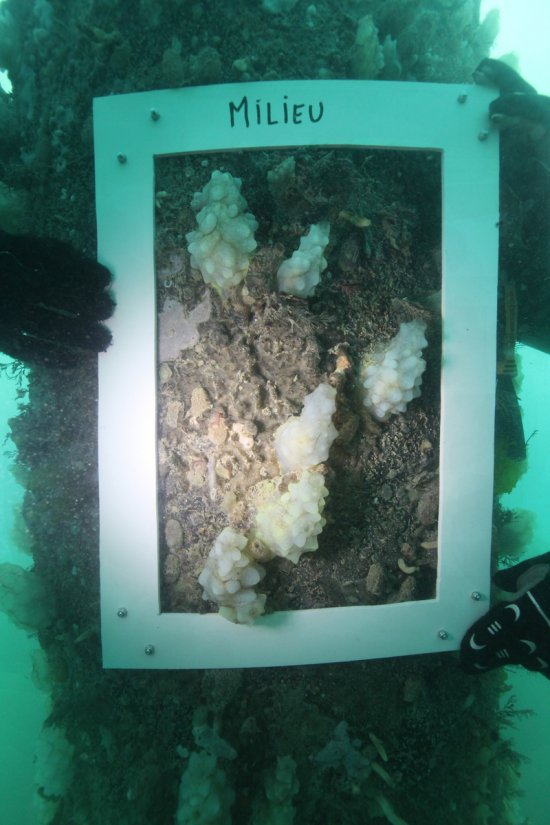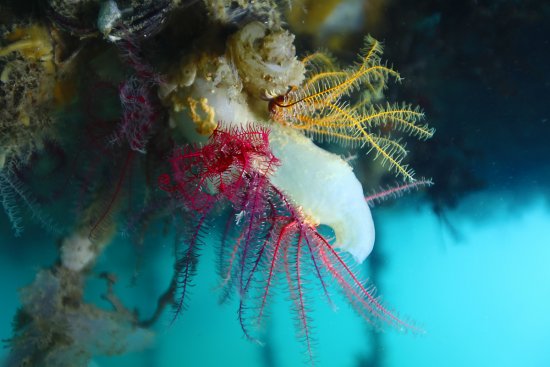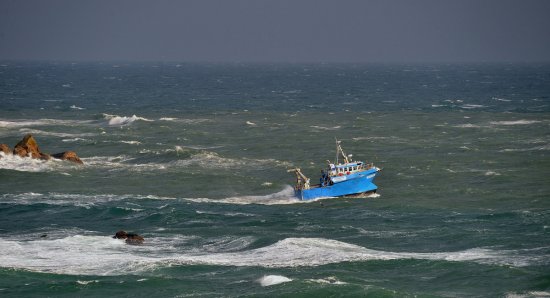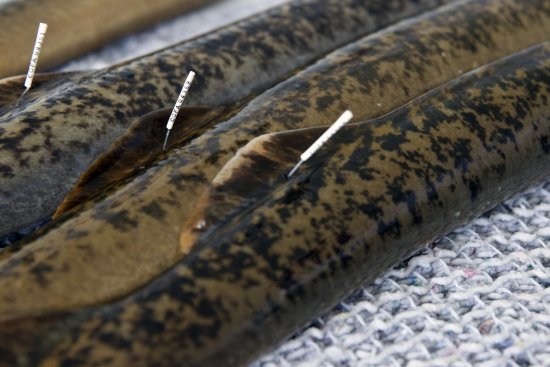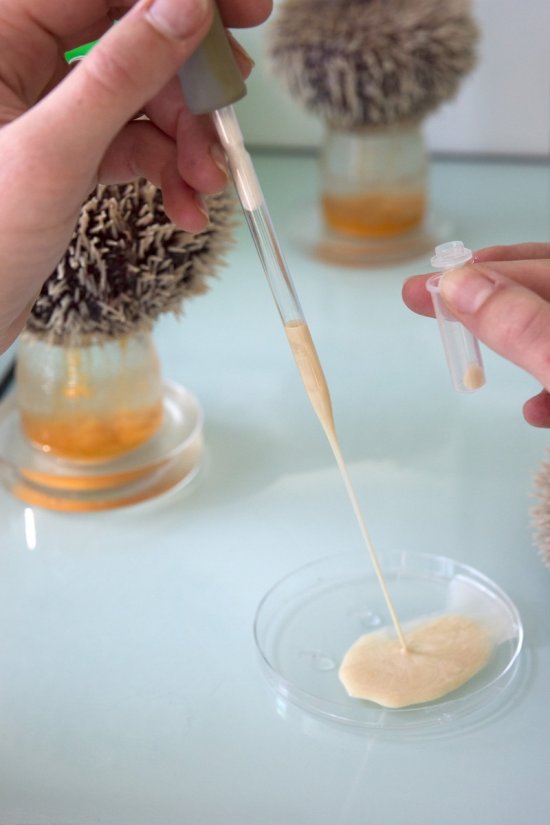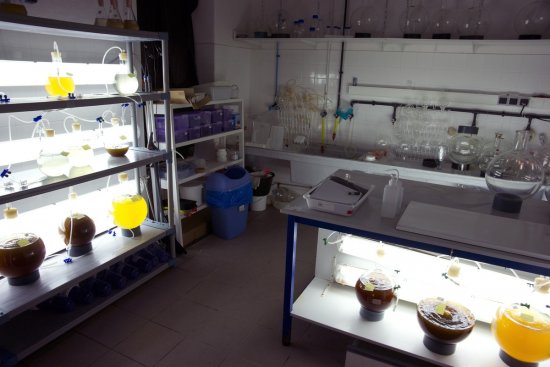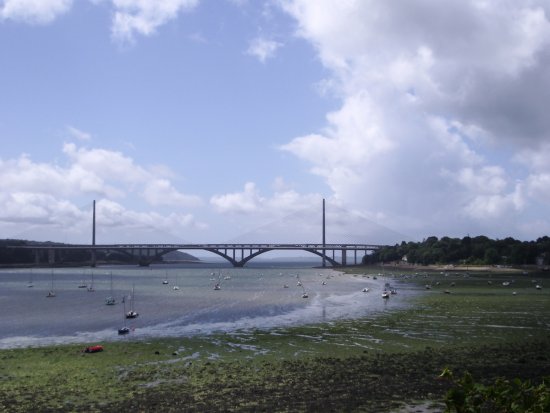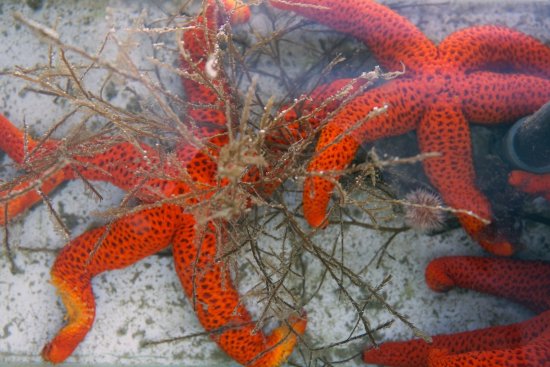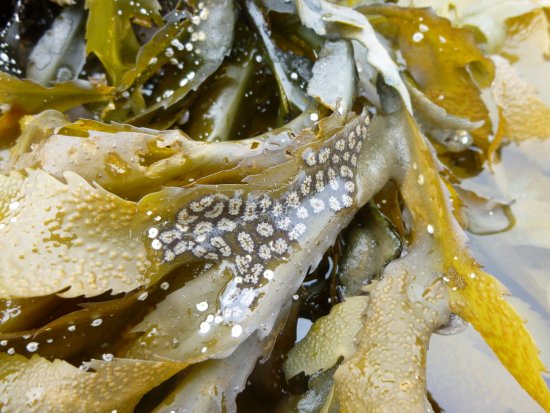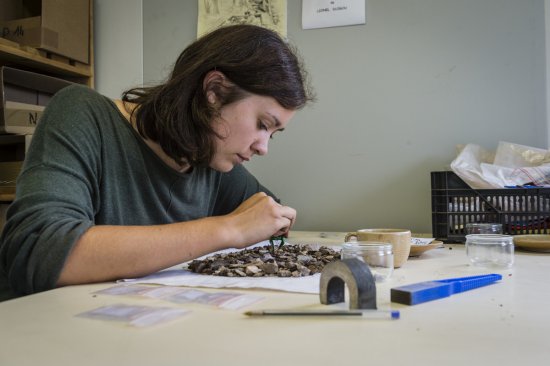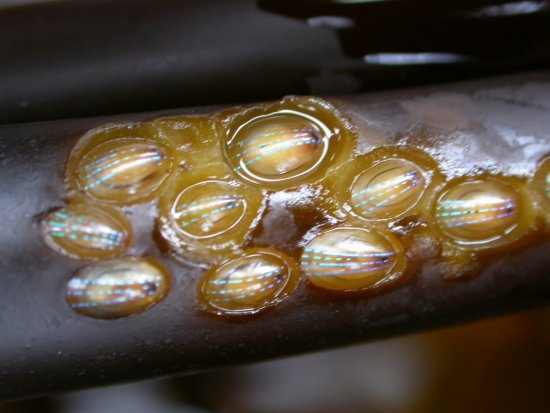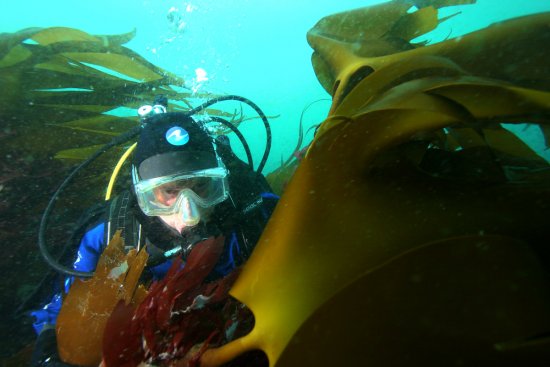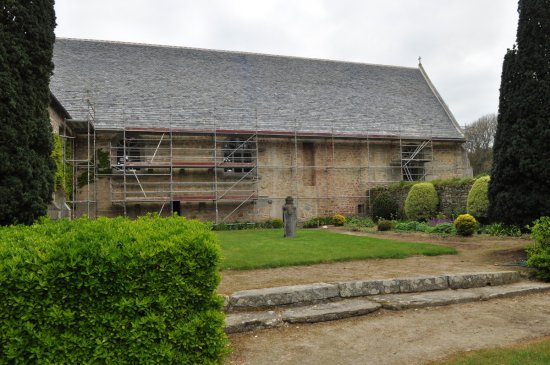Only available for non-commercial distribution
© CNRS - 2022
Reference
7531
How do baby algae come into being?
The biological station at Roscoff in Brittany (northwestern France), which was founded 150 years ago, on 20th August 1872, still serves as a reference for the study of marine life. This is evidenced by a major discovery that made the headlines of the journal Science in late July 2022: scientists have shown that a small crustacean can help algae to reproduce, in the same way as bees pollinate flowers. Let's head to Brittany to take a look behind the scenes of this fascinating research work.
Duration
Production year
Définition
Color
Sound
Version(s)
Original material
The use of media visible on the CNRS Images Platform can be granted on request. Any reproduction or representation is forbidden without prior authorization from CNRS Images (except for resources under Creative Commons license).
No modification of an image may be made without the prior consent of CNRS Images.
No use of an image for advertising purposes or distribution to a third party may be made without the prior agreement of CNRS Images.
For more information, please consult our general conditions
Transcription
